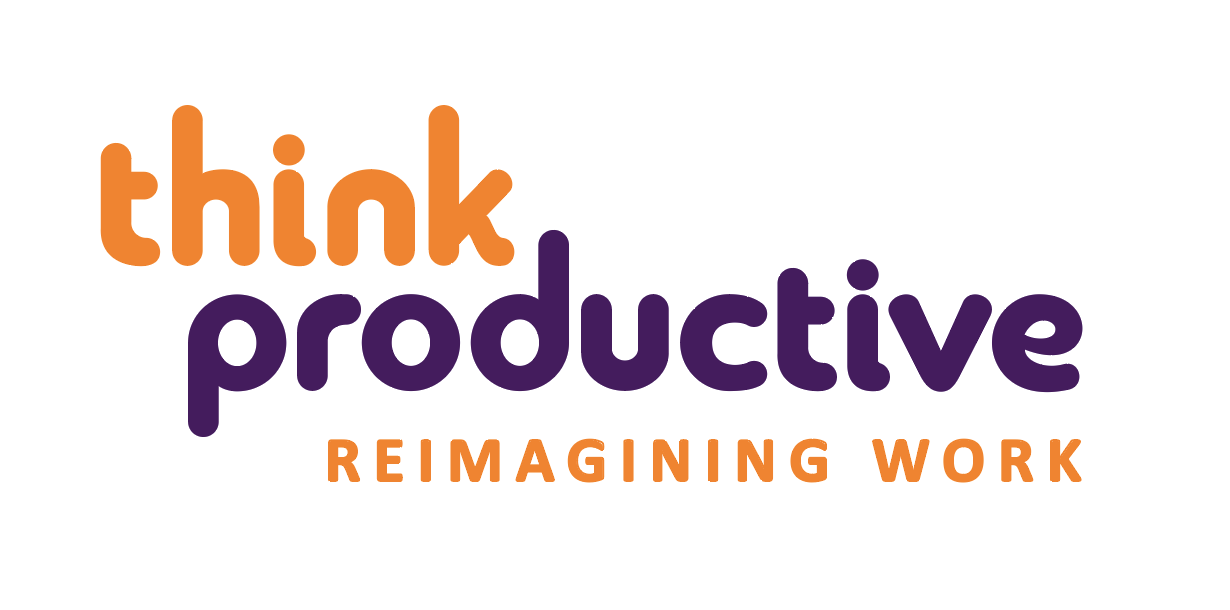Even in the best of circumstances, collaborating with your peers can be a tricky business. Let’s say your boss assigns you to manage a collaborative effort to create an educational seminar for your clients. This project pulls people from all over the organization — some even work in branch offices rather than HQ. As the project manager, how can you go about keeping everybody on task and in the loop without preoccupying them to the point of distraction?
Different Tasks, Different Methods
Take this to heart: “Technology can supplement, but cannot replace, the importance and impact of face-to-face in collaboration.” When first starting out, you may be tempted to use one communication method (e.g., email) exclusively, ignoring all others. Don’t!
The first step to successful group management is understanding that the method of communication shapes how it is inter-operated and acted on. For instance, you wouldn’t conduct your first project planning meeting over email or rely on a face-to-face meeting to settle every single question your team has. Making smart use of your means of communication will help your team work together.
Foster Transparency and Accountability
Polls show that 30 percent of project managers believe that lack of collaboration is the primary cause of failed projects. Help your project succeed by encouraging your team to talk to each other outside of your scheduled meeting times. Make it clear that members should not be restrained by office hierarchy when asking for help.
Furthermore, promote inter-team accountability by assigning systems of tasks to individuals. Not only does this help organize workflow, it drives home the fact that each person’s contribution is important to the end product.

Research What Tech to Use
A multitude of technology is developed specifically to aid communication and data sharing when working on a collaborative project. That being said, when reviewing what tech to use, you have to carefully weigh its benefits against how much time it will take your team to learn it. For example, if your company already has intranet or VPN capabilities, it doesn’t make sense to make your employees learn how to use Dropbox for file sharing.
Likewise, forcing employees to learn new software just for one project will just increase their stress. Keep in mind that your team will already be focused on the task at hand. Making them adapt to a new piece of software will completely occupy their efforts until they learn how to use it. Before you go off researching new collaboration tools, take a good look at what your company already has to offer and work from there.

Know Your Team
Your team is your most important asset, and knowing what makes them tick will go a long way towards smoothing communication and boosting productivity. Take the time to learn their work styles and try to play to their strengths. For example, while working on your project in an open office space may sound like it will foster problem solving, research shows instead that it makes employees more stressed and strains office relations. Recognize that while some collaborative ideas may look good on paper, in practice, they will only serve to fracture your group.
Similarly, the most important thing you can learn about your team is when or how they get their best work done.
For example, programmers, artists and other creative workers need time to get into “the zone,” and the slightest interruption can ruin an hour of mental problem-solving. Some employees may prefer to get all their work done in the morning while others may want to use that time for meetings.
When it comes down to it, balancing communication and collaboration can be done with the right amount of research and planning. Know what tech your team already uses, and recognize that different communication methods work better depending on the occasion. Encourage transparency and accountability to break down barriers and improve workflow.
Finally, knowing when your team will be the most productive and planning accordingly will help you strike a balance between communicating with your workers and actually letting them work.
By Sarah Landrum
